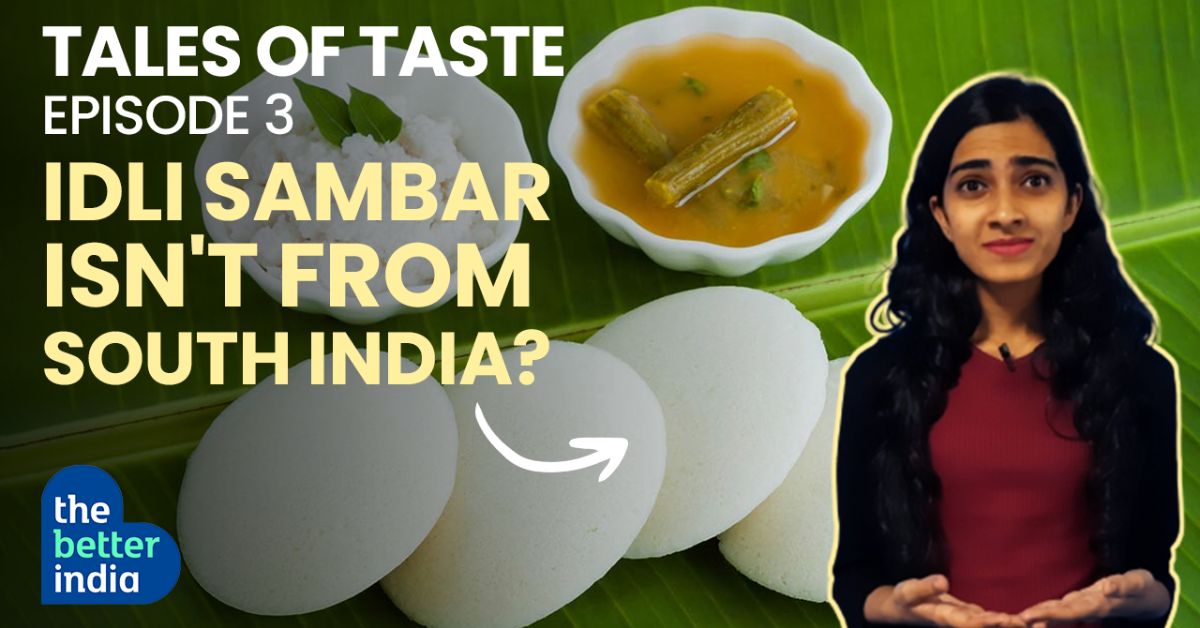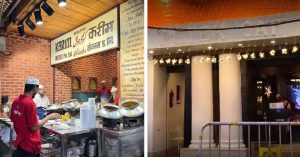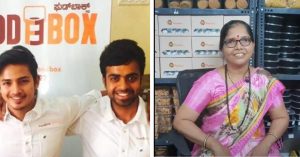How Did Idli Sambar Reach India? Fascinating Tales Behind Everyone’s Favourite
History suggests that idli-sambar might have Indonesian roots. Watch this video to learn all about the fascinating narrations.

Breakfast in India isn’t complete without a plate of steaming, fluffy, white idlis accompanied by a bowl of hot, delicious, soulful sambar. But as the tale goes, while this eponymous dish may be the pride of India and our breakfast, it may not have been conceived in the country.
History suggests that the Indonesian dishes kedli and bura bear uncanny resemblances to the idli, and so perhaps it was the Asian country that first came up with the dish.
Today, there are so many versions of idli that one can never have tried them all. These include the thatte idlis (about the size of a side plate), the button idlis (dollop-sized ), the sannas (the Goan version), the Kanchipuram idlis (steamed in baskets with grated carrots on top), the khotigge and mudde idlis (the Mangaluru version which is steamed in leaves), the rava idlis (made of semolina instead of rice) and the increasingly popular ragi idlis.
When it comes to sambar, each state has its own magical ingredients and ways of preparation. For instance, in Tamil Nadu, sambar is made using dry powders (podi) while in Karnataka, wet pastes are preferred. The serving protocols too are different.
In Tamil Nadu, sambar is served first and then rasam, but it is the opposite in Karnataka.
Watch how the idli and sambar have managed to conquer hearts in India and become a loved dish:
Edited by Asha Prakash
This story made me
-
97
-
121
-
89
-
167
Tell Us More
We bring stories straight from the heart of India, to inspire millions and create a wave of impact. Our positive movement is growing bigger everyday, and we would love for you to join it.
Please contribute whatever you can, every little penny helps our team in bringing you more stories that support dreams and spread hope.


















